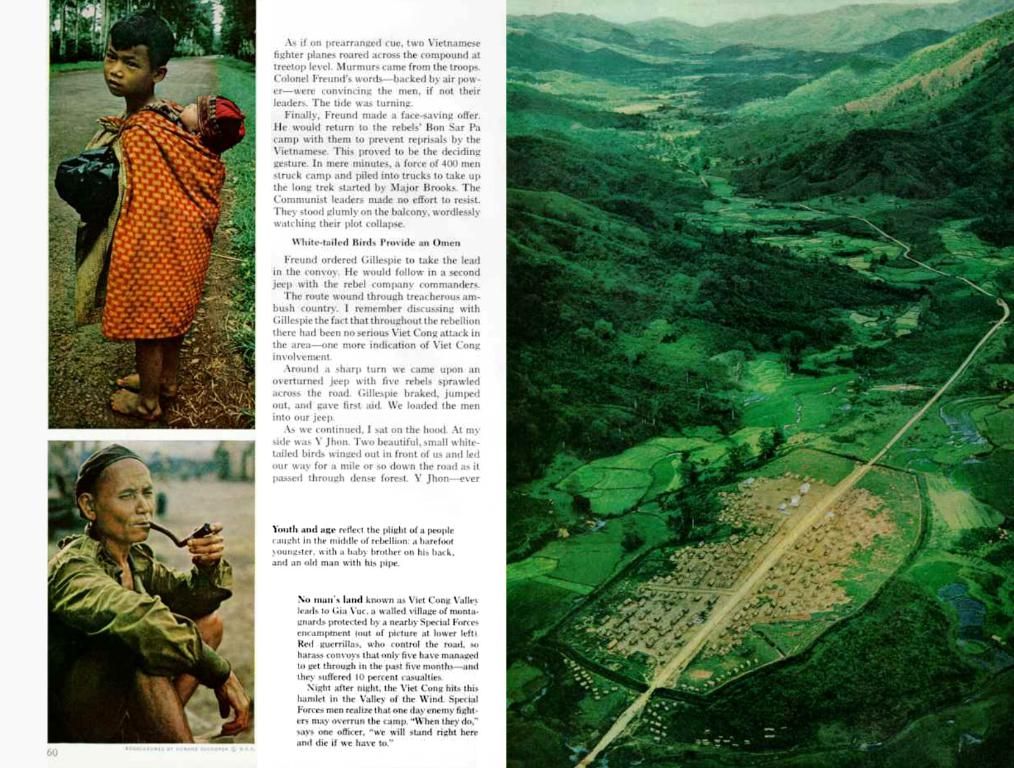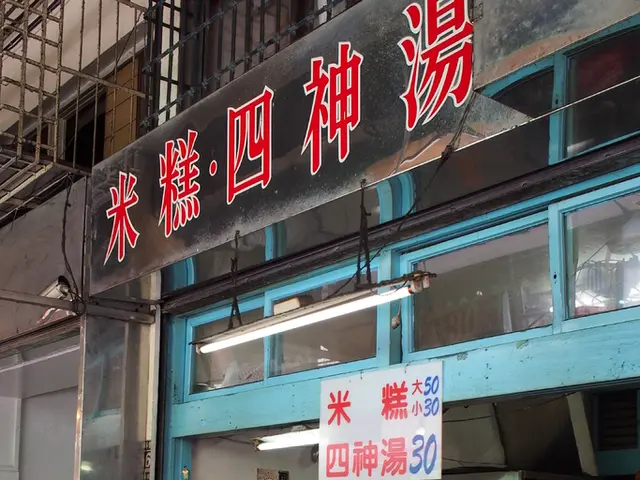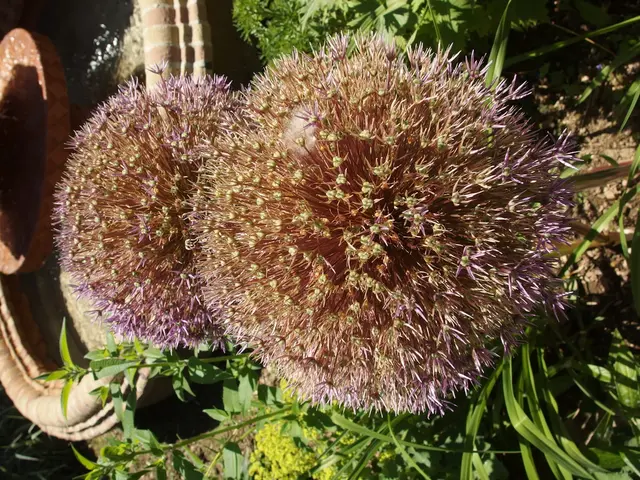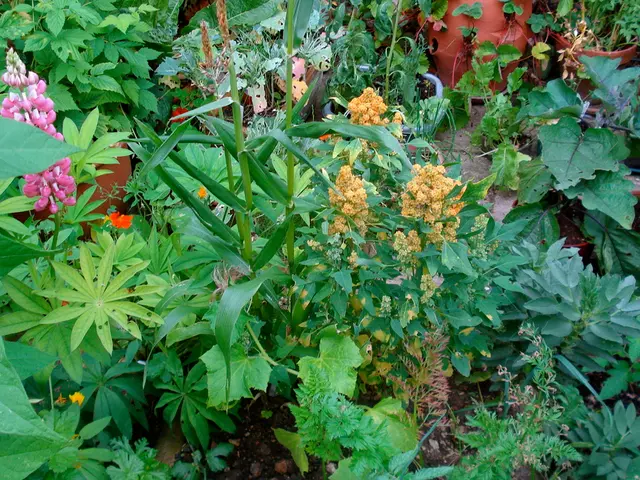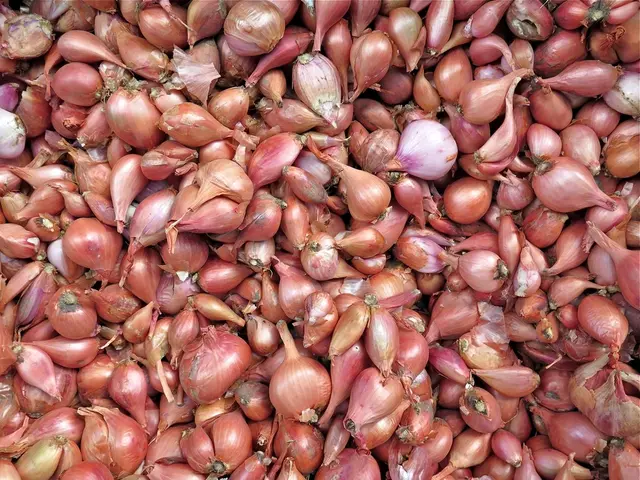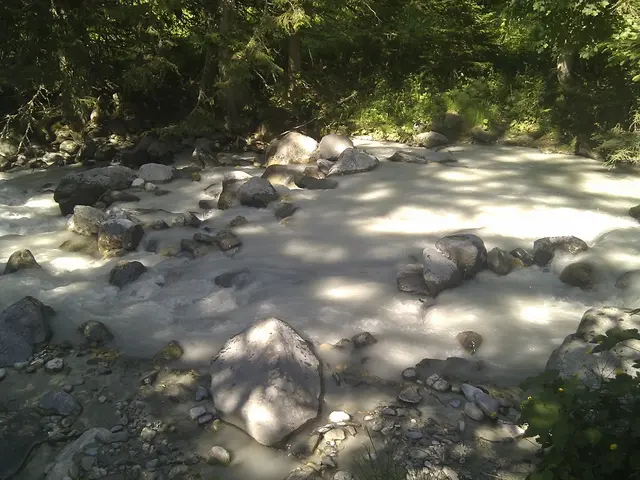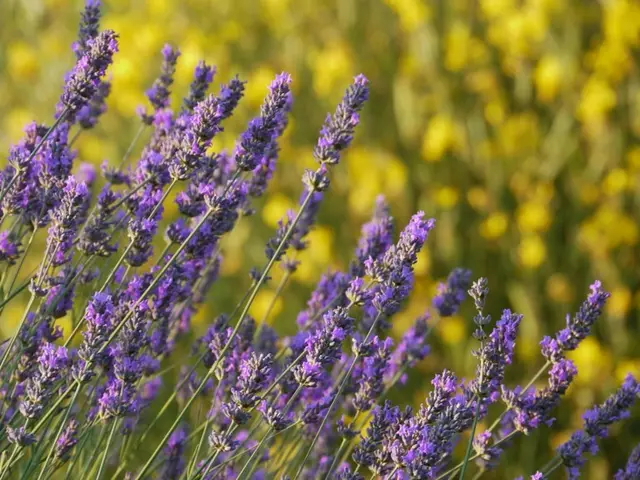Comparing Landscape Fabric Varieties: Woven vs. Non-Woven, and Picking the Right One for Your Garden Project
Turning your mundane outdoor space into a breathtaking oasis starts right beneath your feet. Employing an essential gardening tool often overlooked is landscape fabric, acting as a barriers that keeps weeds at bay, holds onto soil moisture, and improves the overall health of your garden or landscaping project. But when it comes to woven versus non-woven landscape fabrics, which one is right for your needs? Let's dive in.
Landscape Fabric 101
Landscape fabric is a breathable textile material laid on top of the soil to stave off weed growth while still allowing air and water to reach plant roots. Commonly used in flower beds, vegetable gardens, pathways, around trees and shrubs, and under gravel or mulch, its effectiveness and longevity depend greatly on the type of material used.
Types of Landscape Fabric
- Woven Landscape Fabric - Generally made from tightly woven polypropylene or polyester fibers, this material excels in long-term weed control for landscaped areas with mulch or gravel. Its durability, UV-resistance, good water and air penetration, and longevity of 5-10 years or more make it an excellent choice for permanent landscapes, gravel pathways, around trees and shrubs, and under rock gardens.
While woven fabric is easier to install, it can be harder to cut, and less flexible for garden beds with lots of curves or changes in elevation. Over time, it may become clogged with dirt, reducing permeability.
- Non-Woven Landscape Fabric - Made from bonded synthetic fibers (like polyester) through heat or chemicals rather than weaving, this type is strong and tear-resistant. Ideal for drainage and erosion control, it blocks both weed growth and soil movement. However, it is less breathable, has poor water permeability in some types, and is not ideal for areas where plants need water and air exchange.
Common uses for non-woven fabric include under patios, pavers, and retaining walls, for erosion control on slopes, and in French drains or drainage ditches.
- Spun Landscape Fabric (Sub-type of Non-Woven) - More breathable than traditional non-woven fabrics, spun landscape fabric is suitable for planting beds, flower borders, and erosion-prone areas.
Key Factors to Consider When Choosing
- Purpose of the Project - Determine whether you prioritize weed control, drainage, or erosion control.
- Soil and Plant Type - Consider the oxygen and moisture needs of your plants to ensure the fabric is permeable enough for healthy root growth.
- Longevity - Opt for higher-grade fabrics with enhanced UV-resistance and durability for long-term projects.
- Installation Area - Choose a more flexible fabric for tight or curved spaces, while durable woven fabric may be more practical for large, flat areas.
Tips for Installation
- Clear the area of weeds and debris before laying the fabric.
- Overlap edges by at least 6 inches to prevent weed gaps.
- Secure with landscape staples every 12-18 inches.
- Cover with mulch or gravel to protect from UV rays and enhance aesthetics.
- Cut holes only where you're planting to minimize weed growth.
Final Thoughts
Select woven fabric if you want a durable, all-around weed barrier for planting beds and landscaped areas. If you need a material for drainage applications, erosion control, or under hardscapes, choose non-woven fabric. Keep in mind that the best landscape fabric for your project depends on the specific needs of your garden or landscaping plan. Whether you're fighting weeds or installing a new patio, understanding the differences between woven and non-woven options ensures you get long-lasting results and a healthier outdoor space.
Incorporating landscape fabric into your home-and-garden project can significantly improve the health of your gardens and landscaping. For flower beds, vegetable gardens, and under gravel or mulch, consider using woven landscape fabric, which is made from tightly woven polypropylene or polyester fibers and excels in long-term weed control.
When embarking on a home-improvement project focused on a new patio or hardscapes, non-woven landscape fabric can be a suitable choice for erosion control and drainage applications. Remember, the best type of landscape fabric for your project depends on the specific needs of your lifestyle and garden or landscaping plan.
